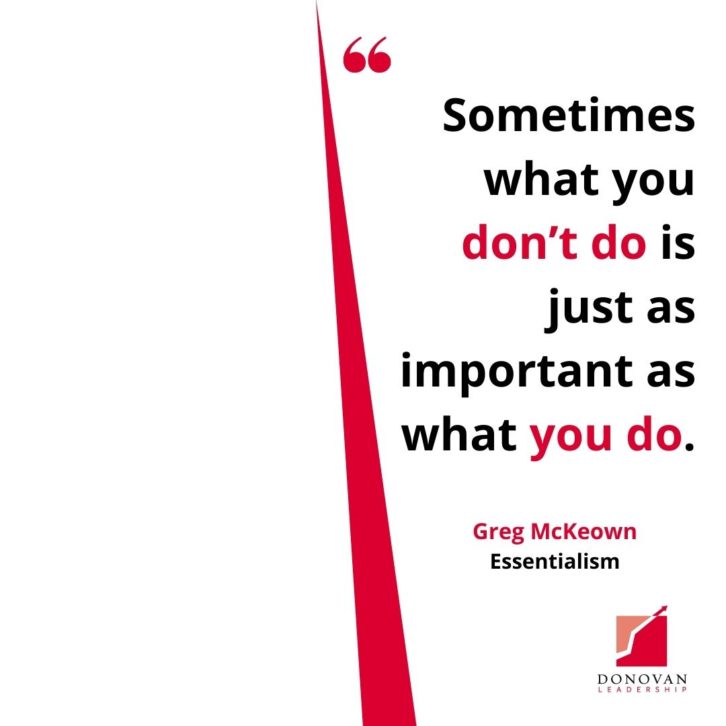In his book Essentialism, Greg McKeown outlines a phenomenon called “sunk-cost bias.” In case you are wondering what that is, he defines it as, “the tendency to continue to invest time, money, or energy into something we know is a losing proposition simply because we have already incurred, or sunk, a cost that cannot be recouped.”
A classic example of sunk-cost bias he describes is the Concorde jet which was lauded as a striking achievement in aeronautical engineering that could fly from London to New York in as little as two hours, fifty-two minutes, and fifty-nine seconds.
As Greg explains, it was also an extraordinary financial failure. The French and British governments poured in excess of $1 billion into it over more than four decades, knowing the project would never be profitable. British cabinet papers revealed that government ministers at the time knew the investment “could not stand on normal economic grounds.”
Greg suggests one reason they continued to pour money into it is because of sunk-cost bias. There was no going back. Having sunk so much funding into it, the more determined they were to see their investment pay off.
What about your own examples of sunk-cost bias?
At a personal level, it could be the car that needs constant repairs or the cost blowout on house renovations. Business examples could include the project that is off the rails. Maybe we invested too much in the outdated business strategy the team spent so much time developing. Perhaps it is the challenge of letting go of the hand-picked team member who is not working out. Don’t forget the insidious sunk-cost bias in the mindset we adopt about who we are and what we can achieve.
🙋♀️ What examples of sunk-cost bias have you have seen?🙋♂️
Best Regards, Brian

